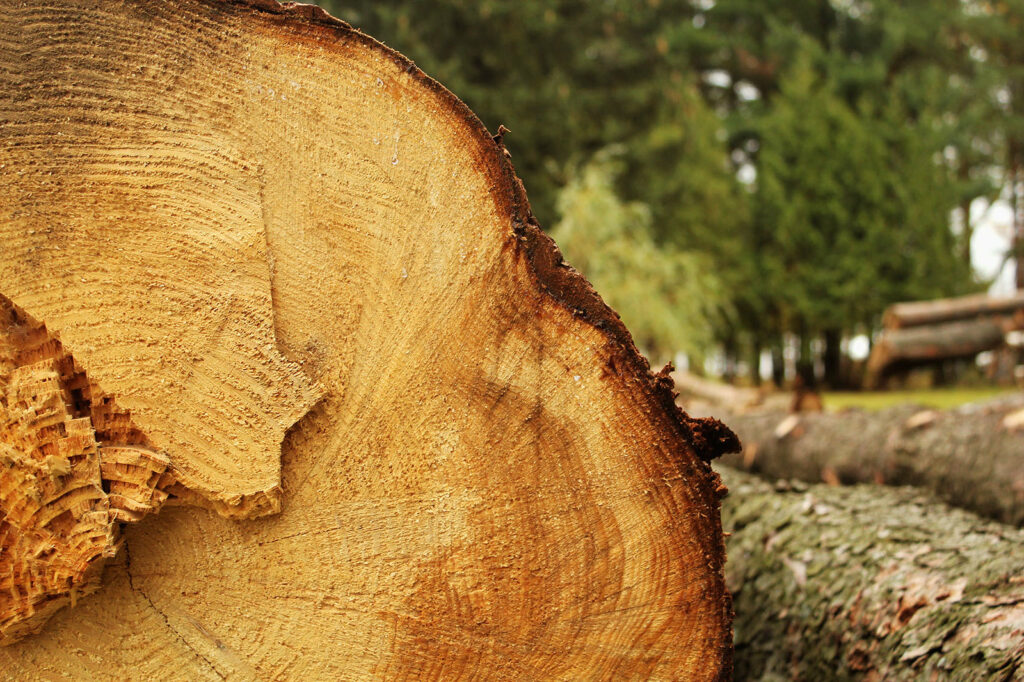The world’s largest banks invested more than $2.6 trillion last year in sectors which are the primary drivers of biodiversity destruction, according to a new report. The financial sector is bankrolling the mass extinction crisis, while undermining human rights and indigenous sovereignty, the authors argued.

The report ranked 50 lenders involved in sectors that pose the greatest threat to wildlife, including Wall Street giants such as Bank of America, Citigroup, and JP Morgan Chase. They are providing services to sectors driving biodiversity loss worth more than the GDP of Canada in 2019.
“Imagine a world in which projects can only raise capital when they have demonstrated that they will contribute meaningfully and positively to restoring the planet’s bounty and a safe climate for all. That’s the future this report envisions and builds towards,” Kai Chan, an environmental scientist, told Reuters.
None of the banks assessed have put sufficient systems in place to monitor or measure the impact of their loans on biodiversity loss, nor do they have comprehensive policies to halt it, the findings showed. To revert this, banks should disclose and reduce their impact on nature instead of financing activities such as fossil fuel extraction.
The Bankrolling Extinction report was penned out by portfolio.earth, a new initiative led by finance, economics, and environmental experts to better understand the role of the finance industry in the destruction of the natural world. They aim to amplify the “incredible pressure” mounting upon the finance industry.
In the report, experts matched the sectors identified by the United Nations as the main drivers of biodiversity with the financial services provided by investment banks. They identified $2.6 trillion of loans and underwriting services as being linked to mass extinctions and the collapse of life-sustaining ecosystems.
Some of the sectors include infrastructure, tourism, logistics, transportation, food, forestry, mining, and fossil fuels. They were all identified as drivers of biodiversity loss by the Intergovernmental Science-Policy Platform on Biodiversity and Ecosystem Services (IPBES), the United Nations’ scientific body on nature.
On average, each of the 50 banks included in the research were linked to finance with biodiversity risk to the tune of $52 billion each. This ranges from more than $210 billion for the largest investor to $1.3 billion for the smallest. The top three of the 10 banks with the largest exposure to biodiversity risks were headquartered in the US.
“Bank by bank, the report authors found a cavalier ignorance of – or indifference to – the implications, with the vast majority unaware of their biodiversity impacts, or associated balance sheet risks,” Robert Watson, former chair of IPBES, told The Guardian. “In short, this report is a frightening statement of the status quo.”
The report called on banks to improve disclosures and reform how they assess possible environmental damage their services might support. Governments need to stop protecting banks’ role in biodiversity destruction and rewrite the rules of finance to hold banks liable for the damage caused by their lending, its authors wrote.
Following the Paris Agreement on climate change, a growing number of investment banks have set restrictions on activities such as coal, Arctic oil and gas exploitation, and tar sands extraction, following pressure by environmental groups.
Bank of America and Citigroup declined to comment on the report, referring to existing sustainability pledges. BNP Paribas said the authors had not contacted it or shared their methodology, so it could not comment. HSBC pointed out that it had teamed up in August with climate change advisory firm Pollination Group.









